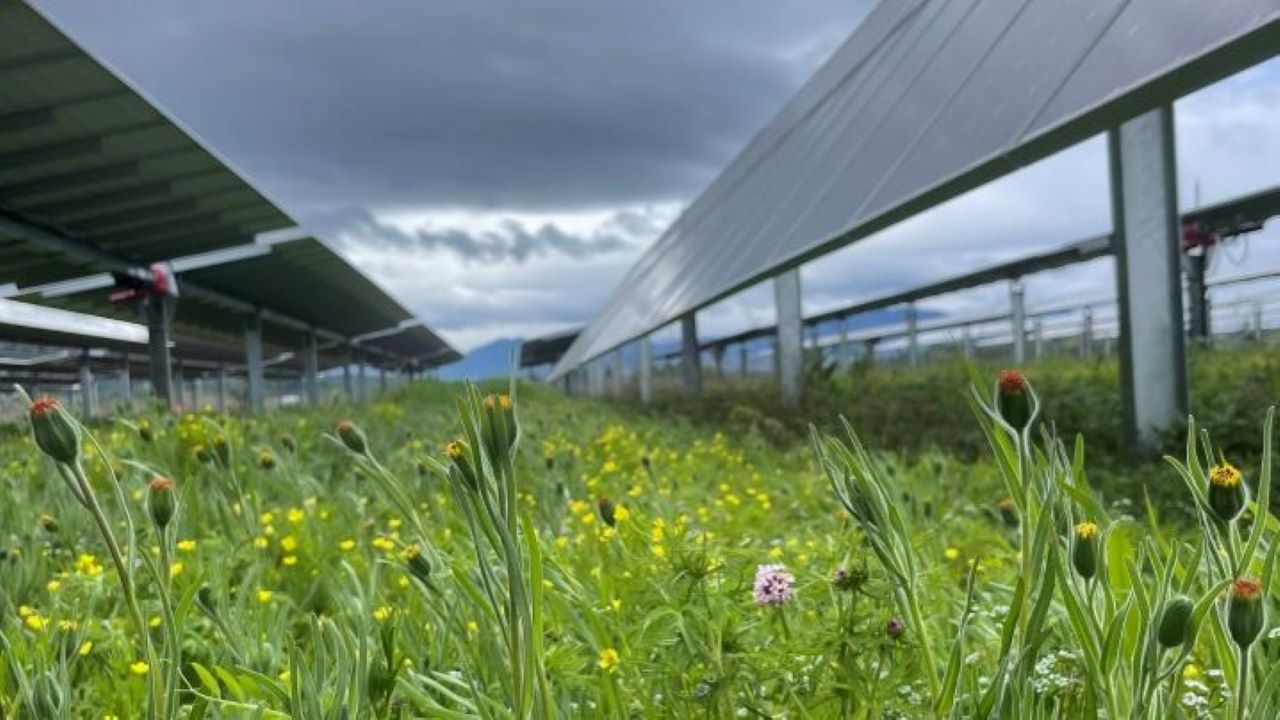
Renewable energy projects continue to expand across the country, and clean energy organizations are examining how best to support solar projects and the host communities in which they are built to protect local water quality and habitat.
The Photovoltaic Stormwater Management Research and Testing (PV-SMaRT) project, funded by the U.S. Department of Energy’s (DOE) Solar Energy Technology Office, aims to address this critical gap in water quality and cost management practices at solar installation sites across the United States.
The project’s research team used field research on five existing ground-mounted photovoltaic (PV) solar sites across the United States, three-dimensional hydrologic modeling, and feedback from solar developers, site managers, state and local regulators, and other stakeholders to develop science-based standards for estimating local water quality impacts of solar developments and assess possible new permitting practices and standards for solar development.
Based on the project’s findings, project members at Fresh Energy, Great Plains Institute (GPI), DOE’s National Renewable Energy Laboratory (NREL), and the University of Minnesota have debuted a stormwater runoff calculator tool and best practices recommendations for local and state permit officials and solar industry practitioners. The runoff calculator in particular will be a critical resource for solar developers, city planners, and more to expedite siting and permitting processes and ensure the health of host communities in the process.
“Most existing water quality standards and best practices were not designed or tested for solar installations,” said Brian Ross, vice president at Great Plains Institute, “largely because there is a lack of science-based data connecting solar array development to long-term land use issues, like the effect they have on surface and ground waters.”
“NREL’s goal for this project was to facilitate development of research-driven tools and best practices that can be used by permitting authorities and photovoltaic developers to make more informed decisions on stormwater management that are based on real world observations and measurements at solar sites,” said James McCall, energy and environmental analyst at NREL.
Wednesday, September 28, join co-hosts Fresh Energy, GPI, and NREL at a free webinar with special guests from EOR, Minnesota Pollution Control Agency, and the U.S. Environmental Protection Agency for insight into and assessments of how the project’s runoff calculator tool has worked so far at federal, state, and local levels.
Projects like PV-SMaRT are part of a broader movement to encourage solar development that enhances ecosystem services and provides local co-benefits with science-based standards. These standards support deep-rooted native flowers and grasses that capture and filter stormwater, improve impaired rivers and lakes, build topsoil and restore soil health, and create abundant and healthy food for pollinators that provide critical services to our food and agricultural systems. More importantly, these tools and best practices recommendations will help craft a truly sustainable clean energy future that will benefit all for generations to come.
The PV-SMaRT project is funded by DOE’s Solar Energy Technologies Office and led by NREL in partnership with Great Plains Institute, the University of Minnesota, and Fresh Energy. PV-SMaRT received extra support from a National Water Quality Taskforce comprised of 13 other organizations who helped direct the project’s science-based standards for estimating local water quality impacts of solar developments, and more.
